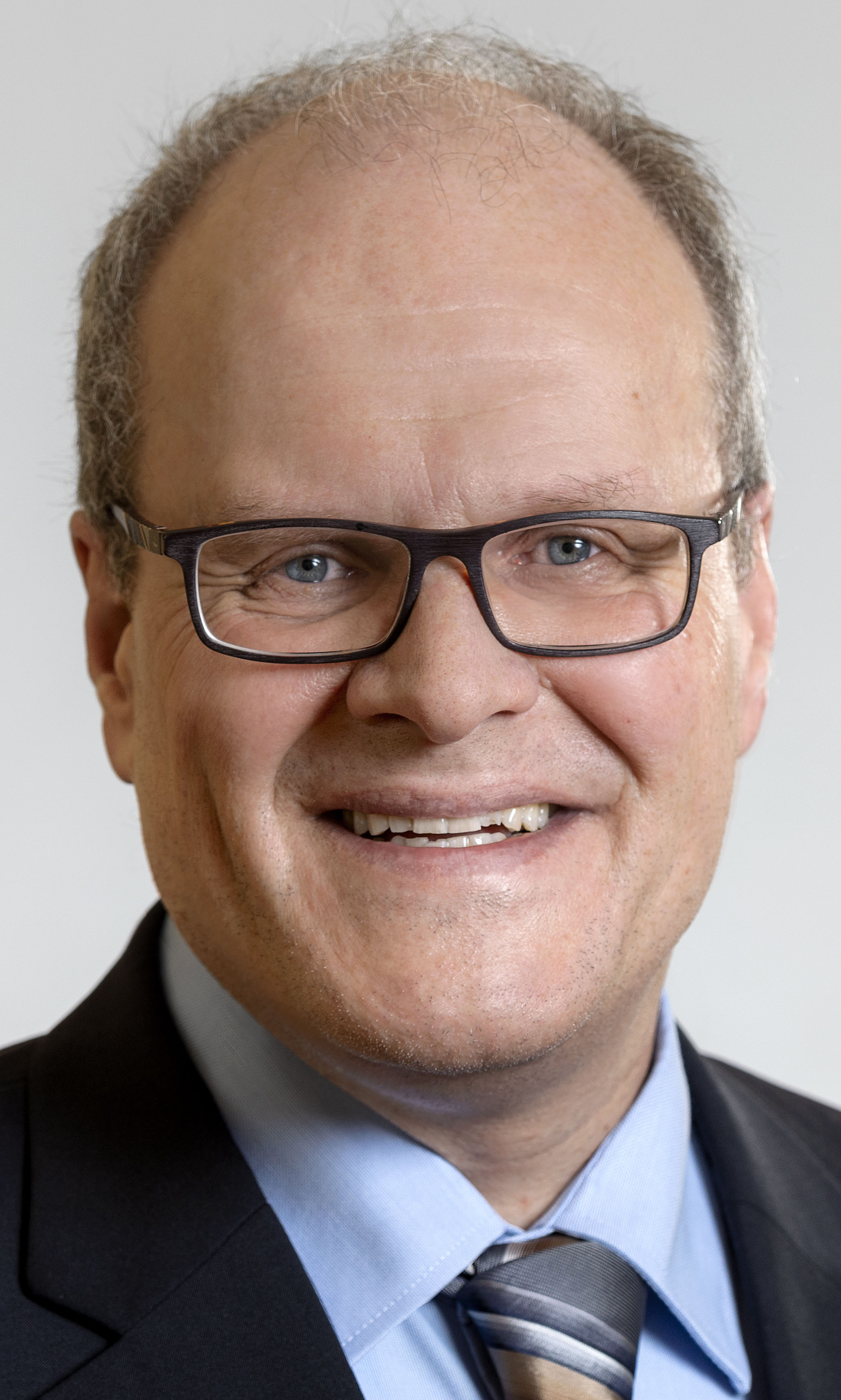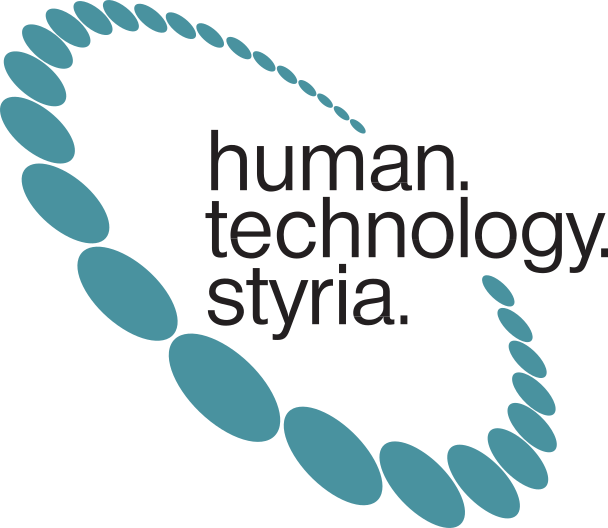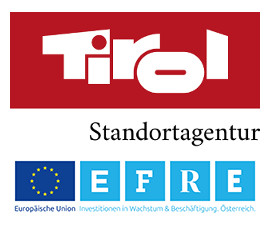| Session 1 |
Biomedical Modeling & Simulation |
| 1 |
MODEL-BASED DEVELOPMENT OF A CLOSED-LOOP HEART RATE CONTROL STRATEGY USING VAGUS NERVE STIMULATION
Max Haberbusch, Bettina Kronsteiner, Attila Kiss and Francesco Moscato
|
| 2 |
MODELING THE DOUBLE LAYER FORMATION FOR ELECTRICAL NEUROSTIMULATION AT THE ORGANIC POLYMER - ELECTROLYTE INTERFACE
Sara Stoppacher, Christian Baumgartner, Susanne Scheruebel, Muammer Ücal, Karin Kornmüller, R.Schindl and Theresa Rienmüller
|
| 3 |
Sodium transients in an astrocyte
Kerstin Lenk, Aapo Tervonen and Jari Hyttinen |
| 4 |
MODELING OF ION CHANNELS – A SIDE BY SIDE COMPARISON BETWEEN HODGKIN HUXLEY AND HIDDEN MARKOV APPROACH OF KV1.1
Sonja Langthaler, Theresa Rienmüller, Jasmina Lozanovic Sajic and Christian Baumgartner |
| 5 |
Simulation of Vestibular Implant Stimulation in Human Inner Ear Anatomy with Registered Synthetic Cochlea Structure
Michael Handler, Simone D'Alessandro, Rami Saba and Daniel Baumgarten |
| Session 2 |
Biomechanics and Biomedical Imaging I |
| 1 |
AN APPROACH FOR VISUALIZATION OF THE INTERACTION BETWEEN COLLAGEN AND ELASTIN IN LOADED HUMAN AORTIC TISSUES
Anna Pukaluk, Heimo Wolinski, Christian Viertler, Peter Regitnig, Gerhard Holzapfel and Gerhard Sommer
|
| 2 |
Effects of disease progression on mechanical stresses in human abdominal aortic aneurysms
Elisabeth Klimstein, Misael Dalbosco and Gerhard A. Holzapfel |
| 3 |
EFFECT OF ATRIAL INFLOW CONDITIONS ON VENTRICULAR FLOW PATTERN DURING LVAD SUPPORT: A SIMULATION STUDY
Mojgan Ghodrati, Thomas Schlöglhofer, Alexander Maurer, Francesco Zonta, Francesco Moscato, Heinrich Schima and Philipp Aigner |
| 4 |
OPTIMIZATION OF PULSED CHEMICAL EXCHANGE SATURATION TRANSFER MRI BY OPTIMAL CONTROL
Clemens Stilianu, Christina Graf, Armin Rund and Rudolf Stollberger |
| Session 3 |
Special session: Functional Electrical Stimulation & Simulation of the Neural System |
| 1 |
Electrical neuromodulation during robot-assisted stepping in humans with spinal cord injury
Matthias Krenn |
| 2 |
POLYSYNAPTIC RESPONSE ACTIVITY IS PREFERABLY ENGAGED BY SPINAL CORD STIMULATION WITH REPETITIVE PATTERNS
Jose Luis Vargas Luna, Anna Pataraia, Richard Crevenna, Winfried Mayr and Milan Dimitrijevic
|
| 3 |
Electrical Stimulation Methods for the Preclinical Treatment of TBI Sequelae - An Overview
Daniel Ziesel, Marta Nowakowska, Karin Kornmüller, Susanne Scherübel-Posch, Muammer Üçal, Christian Baumgartner and Theresa Rienmüller |
| 4 |
Analysis of somatosensory evoked potentials after noninvasive electrocutaneous stimulation of foot and thigh
Valeria Mondini, Peter Tumfart and Gernot R. Müller-Putz |
| Session 4 |
Special session: Biomedical Imaging II |
| 1 |
MODEL-BASED RECONSTRUCTION FOR MULTI-FIELD T1 QUANTIFICATION
Oliver Maier, Markus Bödenler, Lionel M. Broche, Hermann Scharfetter and Rudolf Stollberger |
| 2 |
Advancing Arterial Spin Labeling Towards Clinical Use
Ingmar Middelhoff, Stefan Spann, Oliver Maier and Rudolf Stollberger |
| 3 |
Relevance-guided Deep Learning for Feature Identification in R2* Maps in Alzheimer's Disease Classification
Christian Tinauer, Stefan Heber, Lukas Pirpamer, Anna Damulina, Martin Soellradl, Maximilian Sackl, Edith Hofer, Marisa Koini, Reinhold Schmidt, Rudolf Stollberger, Stefan Ropele and Christian Langkammer |
| 4 |
A new class of robust RF pulses by optimal control
Christina Graf, Martin Söllradl, Christoph Stefan Aigner, Armin Rund and Rudolf Stollberger |
| 5 |
DEEP LEARNING BASED IMAGE REGISTRATION IN DYNAMIC CARDI-AC CT USING A RECURSIVE CASCADE NETWORK APPROACH
Karen Lara, Ivan Juárez, Michaelle Perez, Theresa Rienmüller and Christian Baumgartner |
| Session 5 |
Special session: "Brain Computer Interfacing |
| 1 |
PREDICTING EMG ENVELOPES OF GRASPING MOVEMENTS FROM EEG RECORDINGS USING UNSCENTED KALMAN FILTERING
Andreea Ioana Sburlea, Nicola Butturini and Gernot Müller-Putz |
| 2 |
DIRECTED CONNECTIVITY ANALYSIS IN PEOPLE WITH SPINAL CORD INJURY DURING ATTEMPTED ARM AND HAND MOVEMENTS
Kyriaki Kostoglou and Gernot Mueller-Putz |
| 3 |
An investigation on dimensionality reduction in the source-space-based hand trajectory decoding
Nitikorn Srisrisawang and Gernot Müller-Putz |
| 4 |
Learning effects in 2D trajectory inference from low-frequency EEG signals over multiple feedback sessions
Hannah Pulferer, Brynja Ásgeirsdóttir, Valeria Mondini, Andreea Ioana Sburlea and Gernot Müller-Putz |
| Session 6 |
Bioinformatics and Predictive Models |
| 1 |
Predicting the Cumulative Fluid Intake in Cardiac Intensive Care Patients
Katharina Bergmoser, Fabian Wagner, Lucas Pflanzl-Knizacek, Gernot Schilcher, Michael Schörghuber, Matthias Hafner and Christian Baumgartner |
| 2 |
ANALYSIS OF A MATHEMATICAL MODEL OF THE SPREAD OF THE SARS-COV-2 PANDEMIC DETERMINED BY THE TRANSFER MATRIX
Jasmina Lozanović Šajić, Sonja Langthaler, Sara Stoppacher and Christian Baumgartner |
| 3 |
T3E: TRANSPOSABLE ELEMENT ENRICHMENT ESTIMATOR
Michelle Almeida da Paz and Leila Taher |
| 4 |
Purely Sequence based prediction of contact maps and classification of chromosomal compartments with DDA-DNA
Xenia Lainscsek and Leila Taher |





